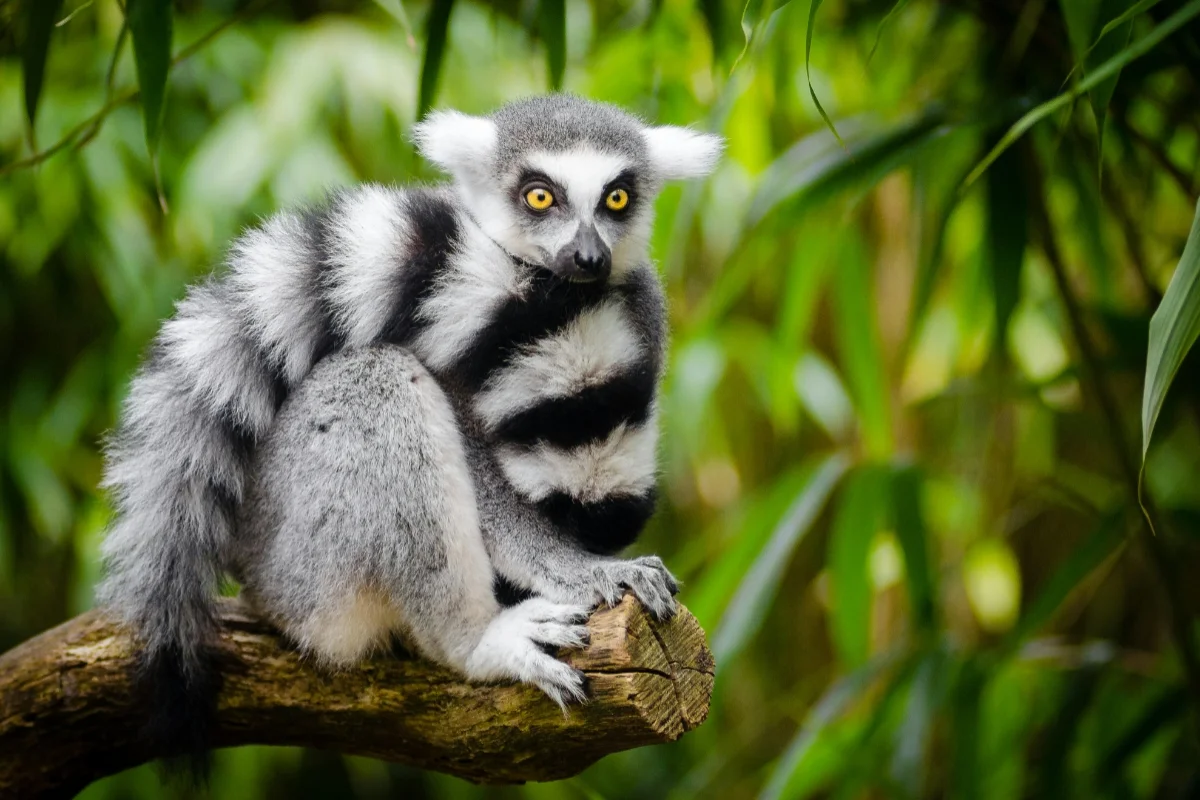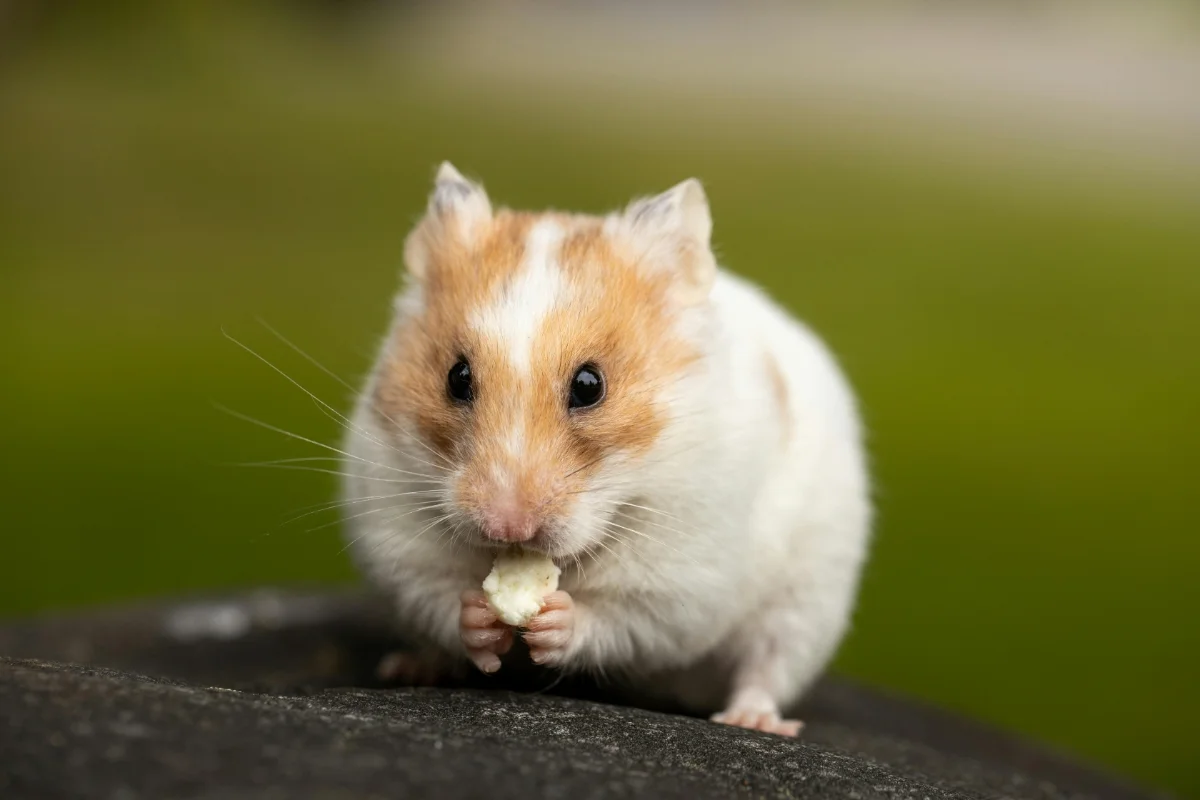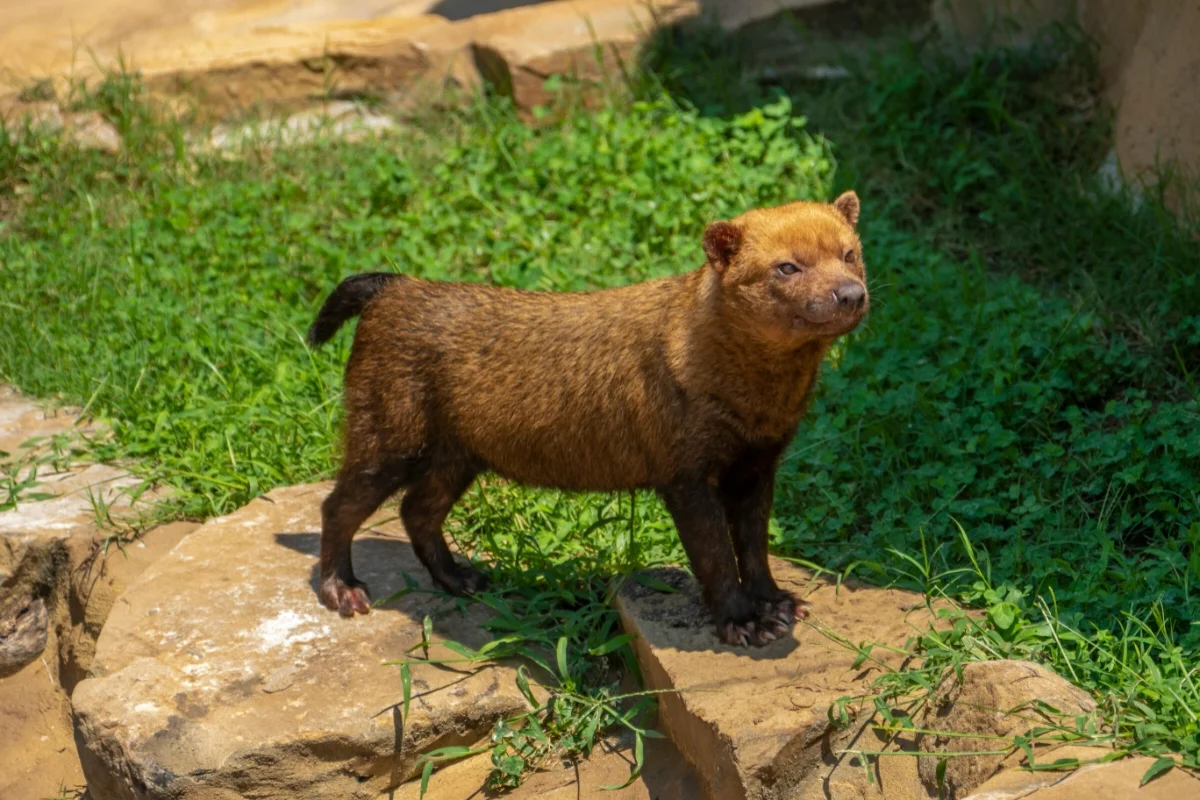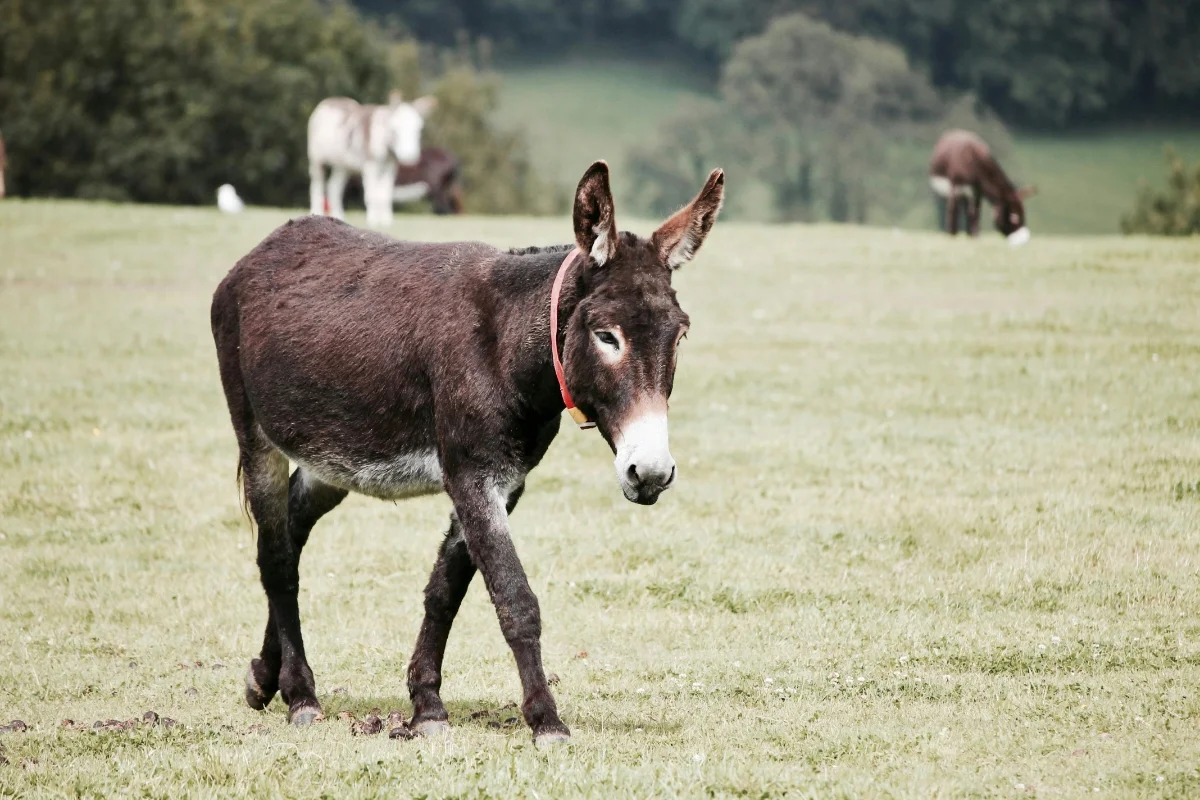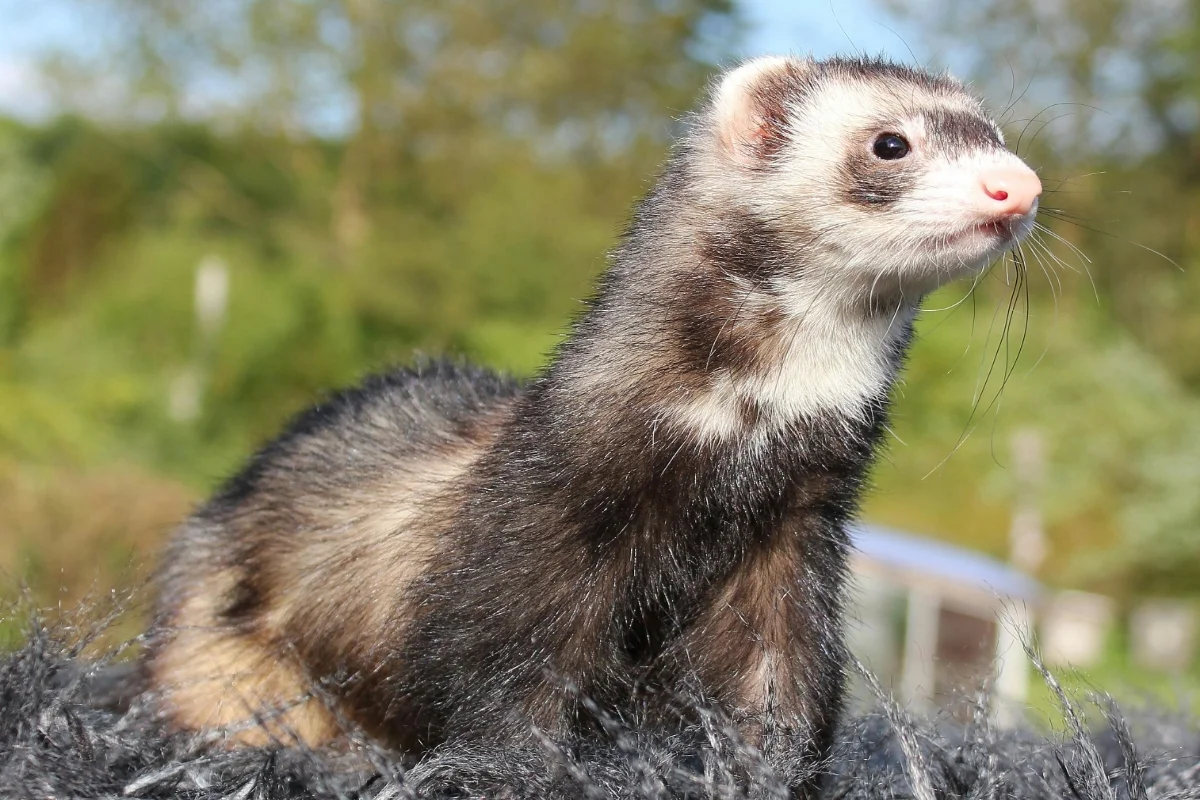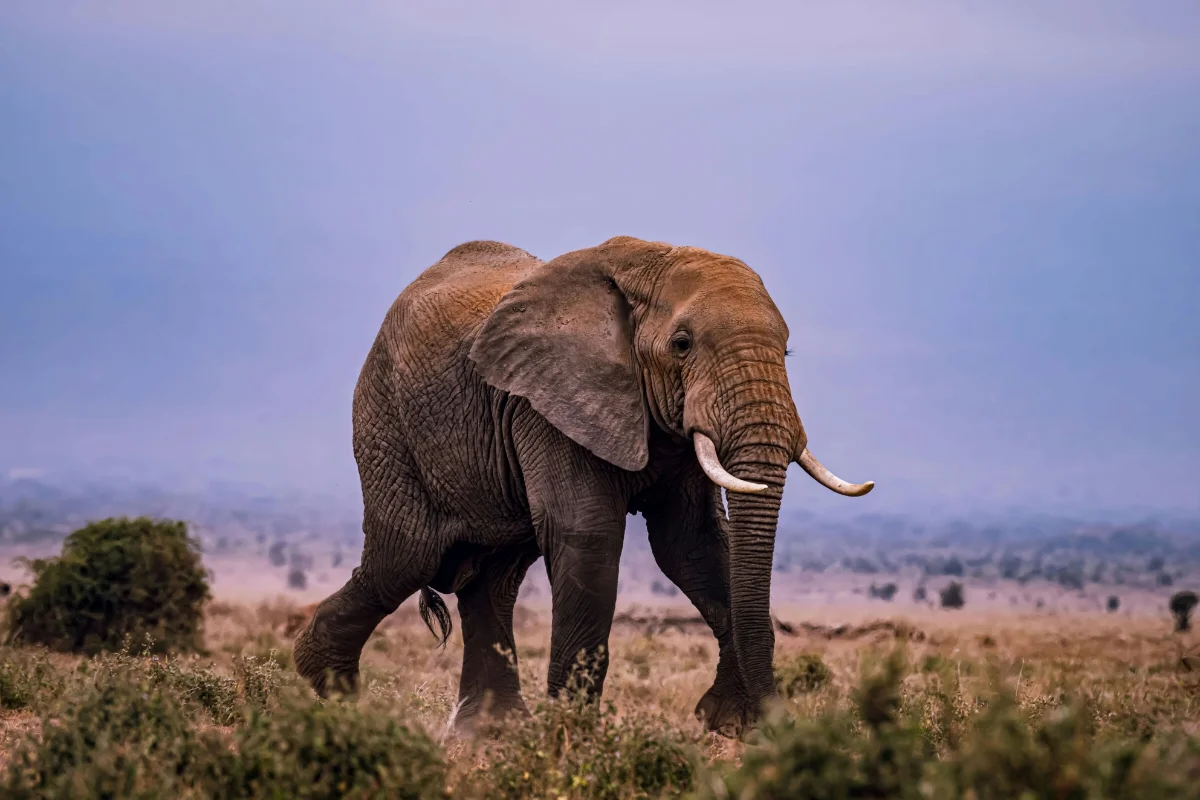Zebra
Zebras are African equines known for their distinctive black-and-white striped coats. They belong to the horse family and are closely related to…
Zebras are African equines known for their distinctive black-and-white striped coats. They belong to the horse family and are closely related to horses and donkeys. These social animals live in herds and exhibit unique behaviors that help them survive in their natural habitats.
Zebra Information
| Height: | 3.5–5 ft |
| Length: | 6.6–8.5 ft |
| Weight: | 180 to 450 kg |
| Top Speed: | 40–43 mph |
| Food: | Grass, leaves, bark |
| Color: | Black & white stripes |
| Location: | Africa |
| Predators: | Lions, hyenas, dogs |
| Lifespan: | 20–30 years |
| Habitat: | Grasslands, savannas |
| Gestation: | 12–13 months |
Description
Zebras have bold black-and-white stripes, which serve as camouflage and help deter predators. Each zebra has a unique stripe pattern, resembling human fingerprints. They have strong, muscular bodies, long legs built for speed, and a short mane that stands upright.
Characteristics
Zebras are strong, fast runners with excellent endurance. Their keen eyesight and acute hearing help detect predators. They exhibit social behaviors, such as grooming and forming tight-knit groups for protection. Their stripes also play a role in temperature regulation.
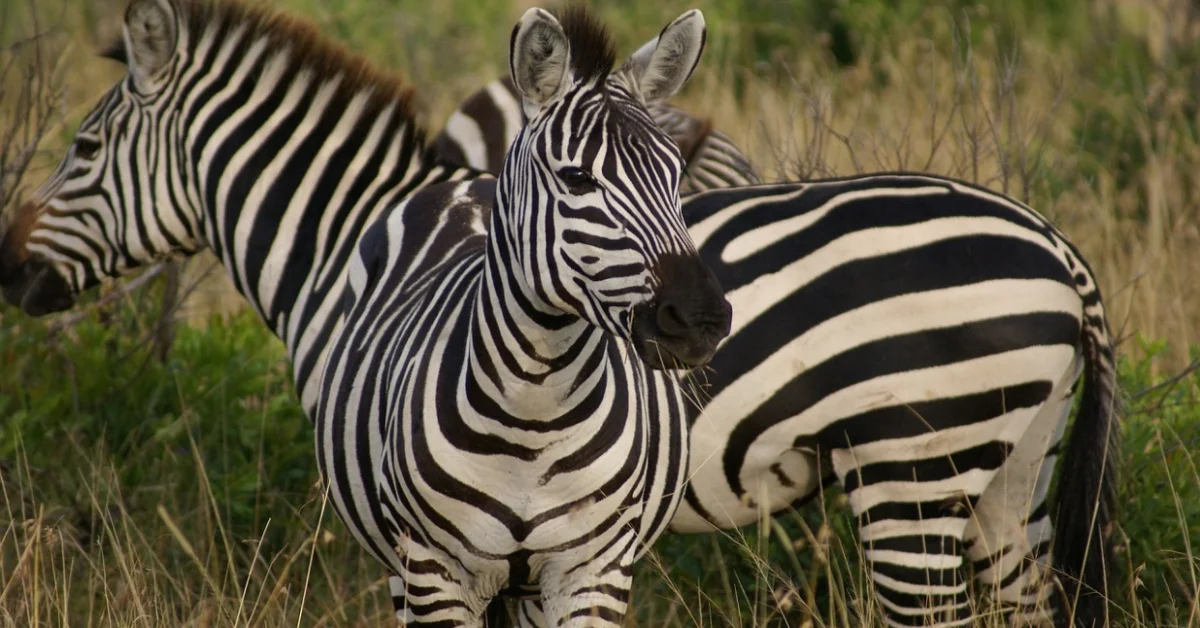
Lifespan
In the wild, zebras typically live between 20 to 25 years, while those in captivity can reach up to 30 years. Their survival depends on factors like food availability, predation, and environmental conditions.
Predators
Zebras face threats from lions, hyenas, cheetahs, and wild dogs. Crocodiles may also prey on them while crossing rivers. Their main defense mechanisms include running at high speeds, zigzagging, and powerful kicks that can injure attackers.
Habitat
Zebras inhabit various ecosystems, including savannas, grasslands, woodlands, and mountainous regions. They prefer open spaces with abundant vegetation and water sources, which are essential for their survival. Different species adapt to different terrains.
Distribution
Zebras are native to Africa, with populations found in countries such as Kenya, Tanzania, South Africa, Namibia, and Botswana. Their distribution depends on the species, with Grevy’s zebra having a more limited range than Plains zebras.
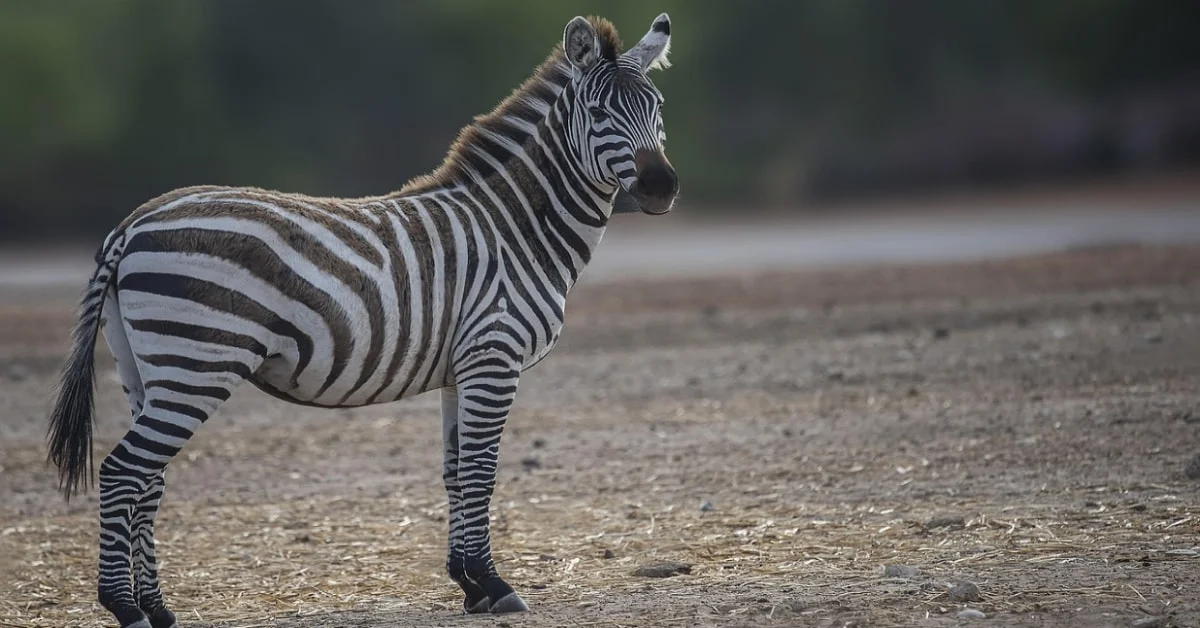
Diet
Zebras are herbivores, grazing mainly on grasses, leaves and stems. They can digest coarse vegetation efficiently and require frequent access to water. Their diet varies with seasonal changes, and they often travel long distances to find food.
Behavior
Zebras are highly social and form strong family bonds within herds. They communicate using vocal sounds, facial expressions, and body language. Males, called stallions, are territorial, while females and foals rely on group protection.

Reproduction
Female zebras, or mares, typically give birth to a single foal after a gestation period of 12 to 14 months. Foals can stand and run shortly after birth, crucial for escaping predators. Mothers are protective, and foals stay close for several months.
Zebra Scientific Classification
| Kingdom: | Animalia |
| Phylum: | Chordata |
| Class: | Mammalia |
| Order: | Perissodactyla |
| Family: | Equidae |
| Genus: | Equus |
Animals for You
References
1. Zebra Wikipedia Article – https://en.wikipedia.org/wiki/Zebra


